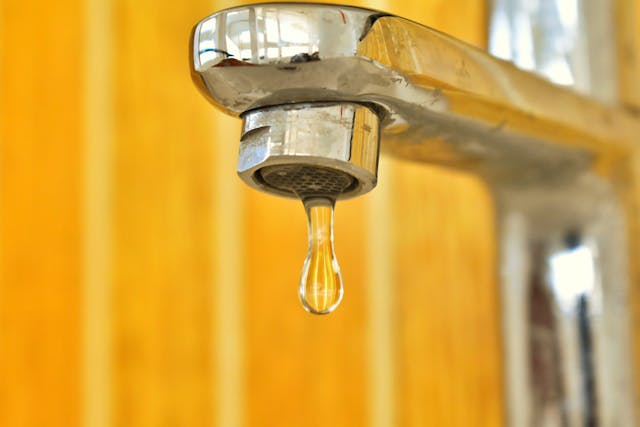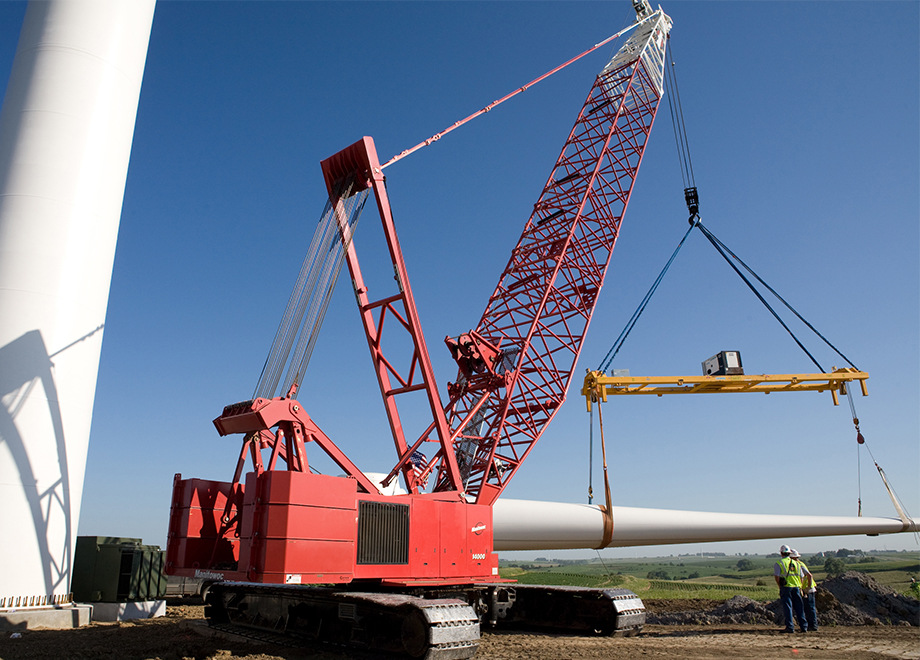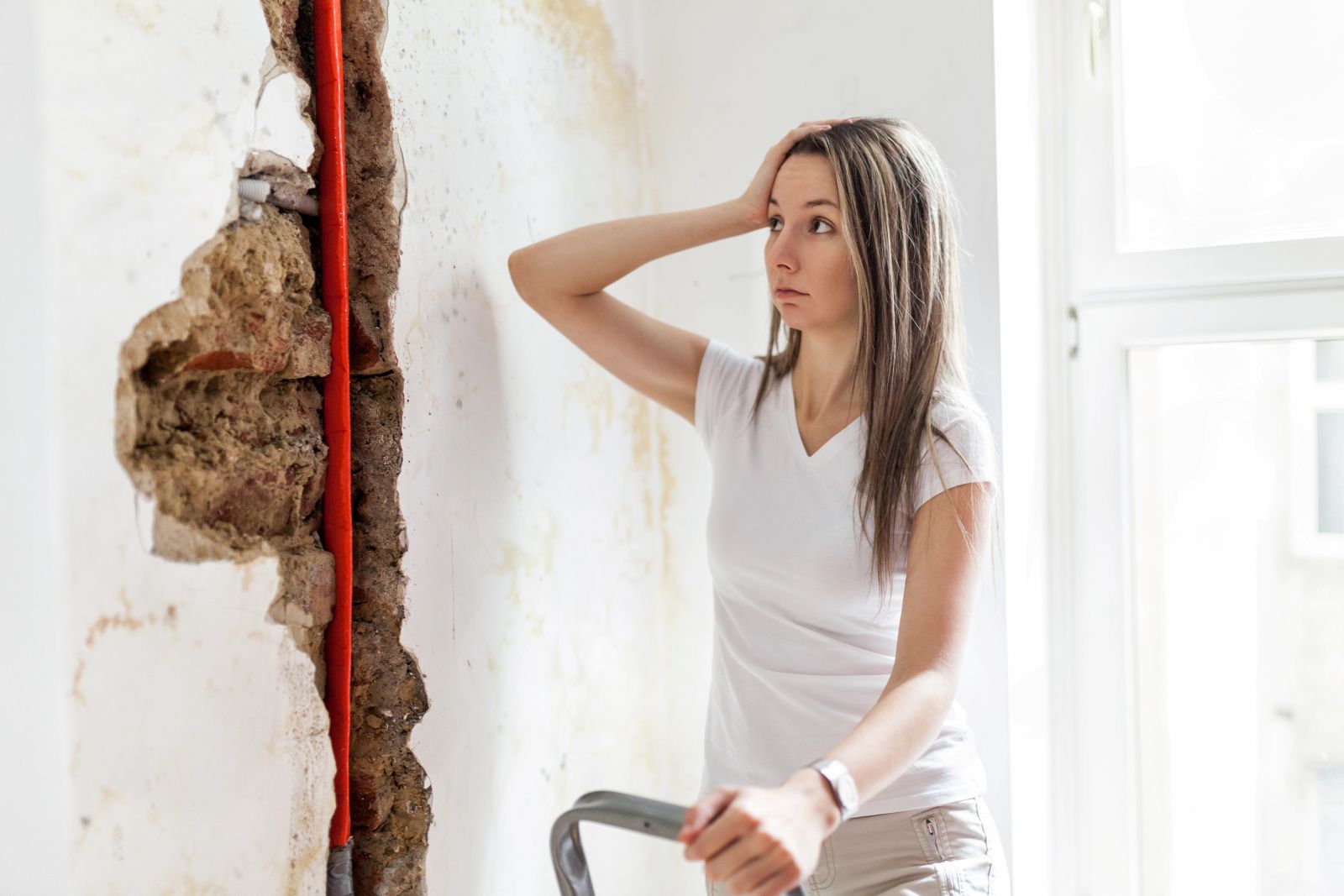In the scenic landscapes of Australia, where nature meets urban living, dealing with plumbing troubles can quickly turn into a real headache. Imagine this: a cold winter evening and a stubborn drip from a leaky tap, threatening not just your peace but the very integrity of your home. Let’s explore the complexities of common plumbing issues and arm you, as a beginner, with detailed DIY solutions to navigate these challenges like a true Aussie.
The Leaky Tap Drama:
To highlight the vital role of plumbing, let’s kick off with a fair dinkum story. Picture coming home to the annoying drip-drip of a leaky tap after a long day. This minor inconvenience not only disturbs your serenity but also serves as a visual reminder of potential water waste and increasing utility bills. It’s a crystal-clear example of why maintaining a ripper plumbing system is essential.
Dripping Taps: Issue:
The ongoing dripping not only wastes water but can lead to more significant issues over time.
DIY Fix: Start by turning off the water supply to the tap. Disassemble the tap handle to access the cartridge or stem. Replace the worn-out washer or O-ring with a new one. Reassemble the tap, turn the water back on, and check for leaks.
Tools Needed: Shifter, screwdriver, replacement washer, or O-ring
Blocked Drains: Issue:
Slow drainage or standing water in sinks and showers is a common headache.
DIY Fix: Begin with a plunger, cover the drain opening, and plunge firmly. If the issue persists, use a drain snake to break up and remove blockages. Avoid chemical drain cleaners, as they can damage pipes and pose health risks.
Tools Needed: Plunger, drain snake.
Running Toilets: Issue:
A toilet that won’t stop running can waste a significant amount of water. DIY Fix: Remove the toilet tank lid and check the flapper. If it’s damaged, warped, or doesn’t seal properly, replace it with a new one. Adjust the chain length to ensure proper flapper function. If the problem persists, consider replacing the entire flush valve.
Tools Needed: Shifter, pliers, replacement flapper, or flush valve.
Low Water Pressure: Issue:
Insufficient water pressure can affect daily activities like showering and dishwashing.
DIY Fix: Begin by cleaning the aerator on taps or showerheads. Soak it in vinegar to remove mineral buildup. If the issue persists, consider checking and cleaning water supply lines and valves. In extreme cases, you may need to consult a professional plumber.
Tools needed: a shifter, pliers, and vinegar.
Leaking Pipes: Issue:
A burst or leaking pipe can cause extensive water damage.
DIY Fix: Quickly turn off the water supply to the affected area. Apply a pipe clamp or wrap the damaged area with a rubber sheet and secure it tightly using hose clamps or zip ties. Consider this a temporary fix and contact a professional plumber for a permanent solution.
Tools needed: pipe clamps, rubber sheet, hose clamps or zip ties, shifter.
Safety Considerations:
Beyond the DIY fixes, safety is important in any plumbing project. Here are some essential safety considerations:
Turn Off Water Supply: Always turn off the water supply to the affected area before attempting any DIY plumbing repairs. This prevents further water damage and ensures a safer working environment.
Use Protective Gear: Wear safety gloves and eye protection to shield yourself from potential cuts,Scratches, and splashes during the repair process.
Ventilate the Area: Ensure proper ventilation in the workspace, especially when using chemical cleaners or working in confined spaces, to minimise exposure to fumes.
Emergency Shut-Off Knowledge: Familiarise yourself with the location of emergency shut-off valves for water, gas, and electricity in your home. Knowing how to quickly cut off these supplies can prevent accidents.
Proper Ladder Use: If your plumbing repair involves reaching high areas, use a stable and secure ladder to prevent falls and injuries.
When to Call a Professional Plumber:
While DIY fixes can address many plumbing issues, there are situations where the expertise of a professional plumber becomes essential. Recognising when to seek professional help can prevent further damage and ensure the long-term integrity of your plumbing system.
Choosing a Professional Plumber:
When selecting a professional plumber, consider the following:
Credentials: Ensure the plumber is licensed. This guarantees that they have met the necessary qualifications and will cover any damages that may occur during the repair.
Experience: Look for plumbers with a solid reputation and years of experience. Check reviews and ask for references to gauge the quality of their work.
Emergency Services: Choose a plumber who offers emergency services, especially if you encounter a plumbing issue outside regular business hours.
Transparent Pricing: Seek plumbers who provide transparent pricing and estimates before starting the work. This helps avoid surprises when it comes time to settle the bill.
Conclusion:
In the realm of plumbing, a proactive and informed approach can save you from potential disasters. Armed with these detailed DIY fixes and safety considerations, you are now better prepared to address common plumbing nightmares as a beginner in Australia.
Remember, plumbing is not just about fixing issues but also about maintaining the functionality and lifespan of your home’s essential systems. As you embark on your plumbing journey, may each repair be a step towards a well-functioning and resilient home.
Got specific plumbing concerns in your home that you’d like guidance on? Chuck them in, and let’s tackle your plumbing challenges together. Cheers!


